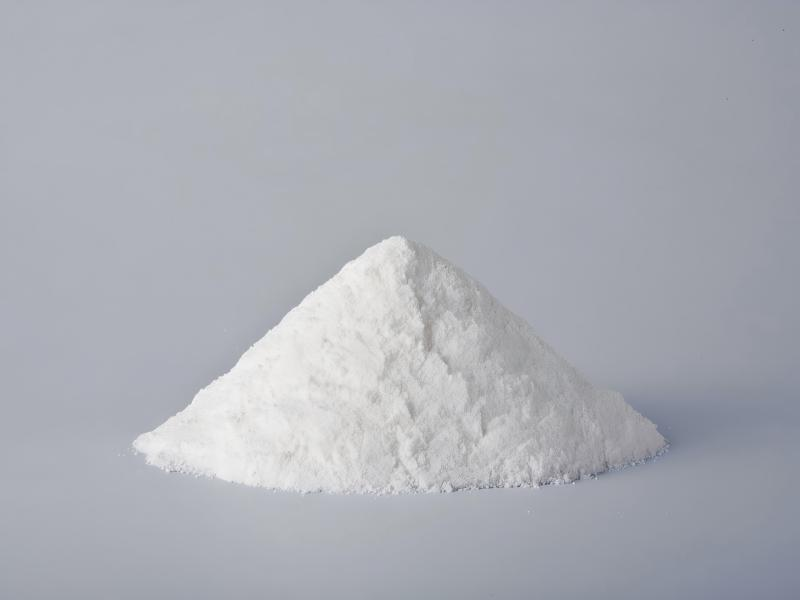Polyimide monomers are the basic building blocks of polyimide polymer chains. The chemical structure of the monomers directly determines the key properties of the final polyimide material, including heat resistance, mechanical strength, flexibility, and solubility. As a core link in the polyimide industry chain, Heynova positions itself as a leader with a core competitive advantage of ‘high-purity products + customised technology + full-cycle services.’ The company not only provides standardised monomer raw materials but also focuses on addressing customer pain points in areas such as high-temperature resistance, low dielectric properties, and processability through molecular design innovation. This approach drives the continuous development and technological breakthroughs of polyimide materials in high-end manufacturing applications.
The purity of polyimide monomers used in semiconductors typically needs to reach 99.0%, or even 99.9%, to ensure that no impurities are introduced during the semiconductor manufacturing process, which could affect device performance. Especially in the field of photosensitive polyimides, extremely high purity requirements are imposed on monomers to meet the demands of high-end applications such as chip and display packaging.
Metal Ion Content: Achieving ultra-low control from ppm to ppb levels. The metal ion content of semiconductor polyimide monomers must be extremely low, typically ≤1 ppm, with some specifications requiring ≤10 ppb. This is because metal ions may cause impurity contamination during semiconductor manufacturing, leading to issues such as chip leakage, short circuits, or electromigration failure, thereby affecting the electrical performance and reliability of semiconductor devices.
Moisture Content: The moisture content of the monomer must be strictly controlled at an extremely low level (<50 ppm) to prevent the formation of bubbles, cracks, or delamination during high-temperature processes, which could affect the material's performance and stability.
Oligomer Content: Oligomer content is another critical quality indicator for semiconductor polyimide monomers. High oligomer content may lead to unstable material performance, affecting the reliability and consistency of semiconductor devices.
Other Impurity Control: In addition to the above indicators, semiconductor polyimide monomers must also strictly control the content of other impurities, such as other organic impurities and particulate impurities, to ensure the material's high purity and performance.
Process selection directly influences the microstructure (e.g., molecular orientation, crystallinity) and macroscopic properties of the material. The traditional two-step casting-imidization method is currently the most common process for preparing polyimide films. The imidisation degree of this process must be ≥99%; otherwise, the film's temperature resistance and mechanical properties will deteriorate. Additionally, solvent residue should be less than 500 ppm to prevent bubble formation at high temperatures.
In recent years, new production processes such as chemical vapour deposition (CVD), thermal-induced phase separation (TIPS), and electrospinning have been increasingly applied to the production of polyimide films. Films produced by chemical vapour deposition have significant advantages such as high quality, good uniformity, and strong adhesion to substrates. They can achieve the production of ultra-thin, dense films, making them particularly suitable for high-end fields such as microelectronics and semiconductors where film precision and performance requirements are extremely high.
However, large-scale industrial production currently faces certain technical challenges. In the future, with the development of flexible electronics and new energy vehicles, low-temperature processing, functionalisation, and roll-to-roll continuous production will become the core directions for process R&D. Meanwhile, the demands for film precision and purity in high-end fields such as semiconductors, aerospace, and optics will continue to rise.
